Over a year after It Ends With Us hit theaters in August 2024, the next film adaptation of a Colleen Hoover best-seller, Regretting You has arrived on the big screen.
Starring Allison Williams, Dave Franco, Mason Thames, Mckenna…
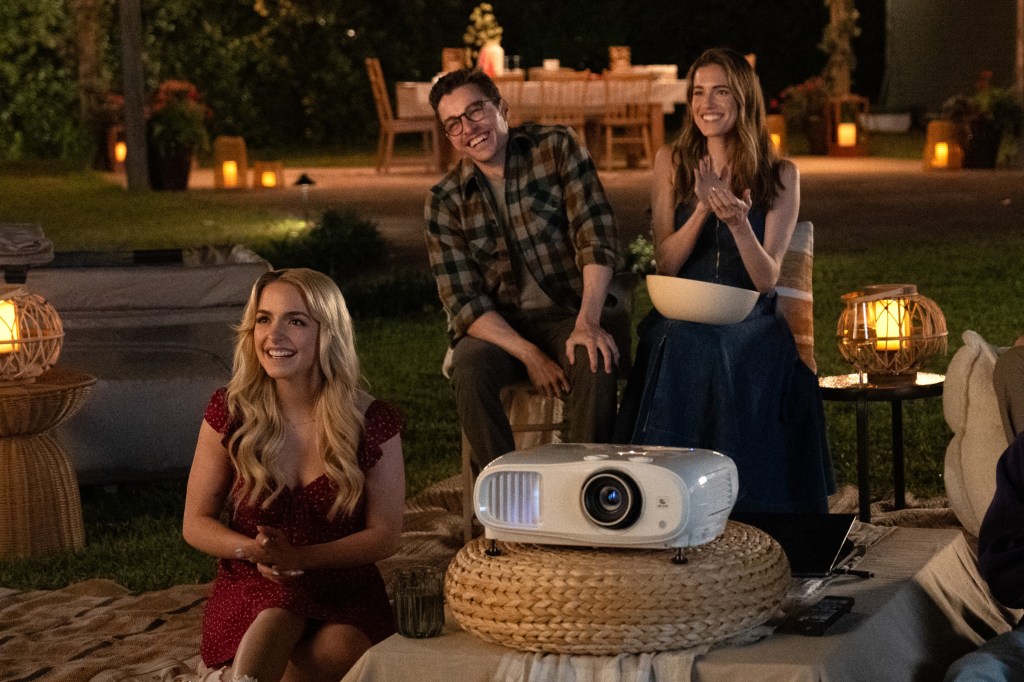
Over a year after It Ends With Us hit theaters in August 2024, the next film adaptation of a Colleen Hoover best-seller, Regretting You has arrived on the big screen.
Starring Allison Williams, Dave Franco, Mason Thames, Mckenna…

Geeta PandeyBBC News, Delhi
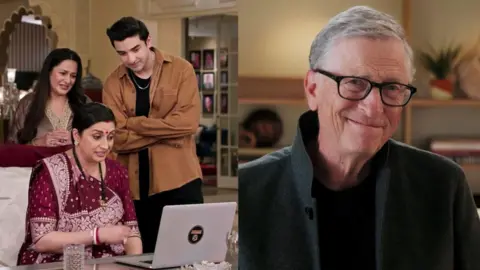 JioStar
JioStarA crossover no-one saw coming.
That’s how many in India are describing Microsoft founder and philanthropist…

John Malkovich has a new starring role — as John Malkovich for JW Anderson.
The veteran actor has been tapped as the face of the designer’s new loafer bag campaign that launched today. In a series of firsts, the creative images mark…
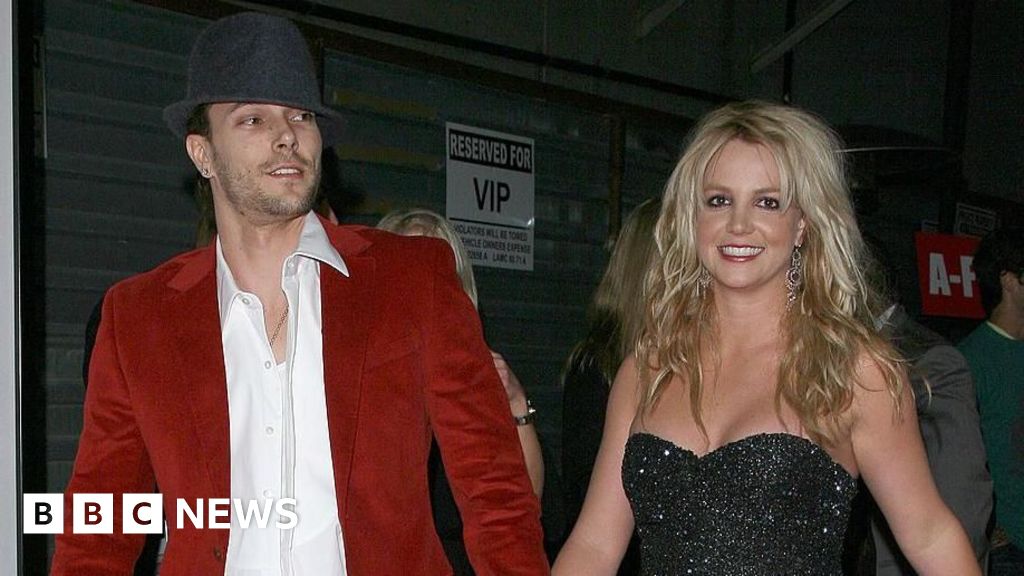
Nardine Saadin Los Angeles
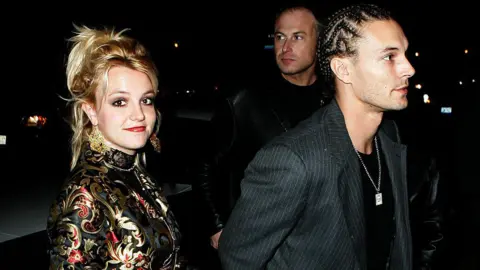 James Devaney via Getty Images
James Devaney via Getty ImagesBritney Spears stared at herself in a mirror, grinning as she grabbed an electric clipper.
Chunks of her long, iconic locks fell to the floor of the Southern California salon. Paparazzi…

Hailey Bieber is sharing her honest thoughts on having the work done before hitting 30s.
During her recent appearance on In Your Dreams with Owen Thiele…
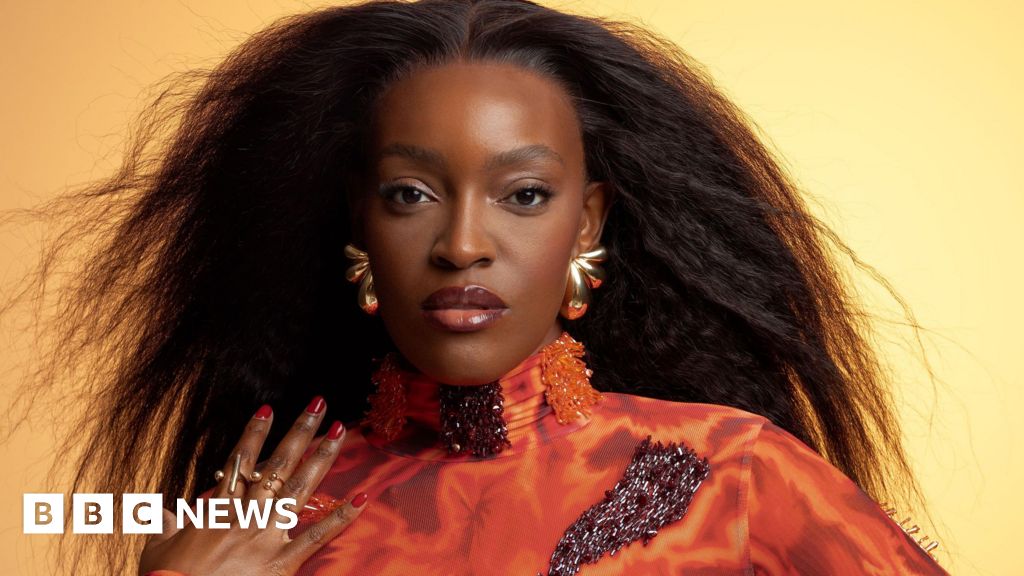
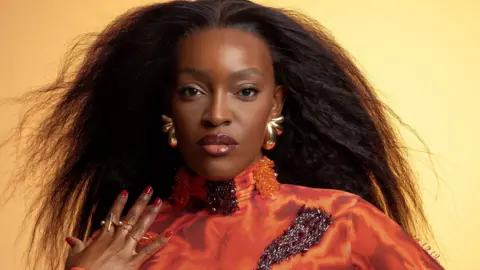 Coco Sarel
Coco SarelWhen Sarel presses record on her phone, there’s no script, no set and no meticulous plan for what she’s about to say.
“I’m usually wearing my bonnet, no makeup and I…
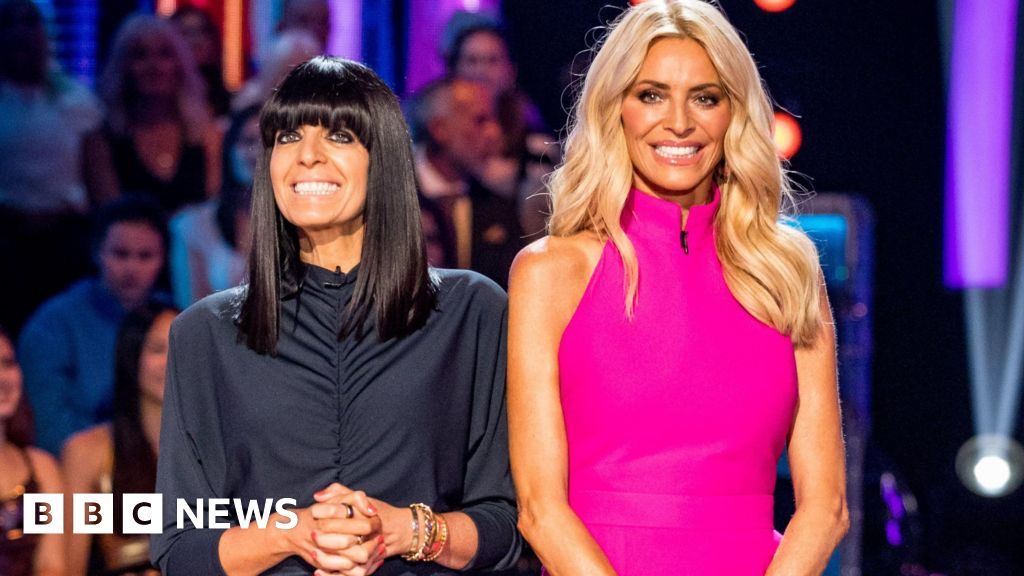
Noor NanjiCulture reporter
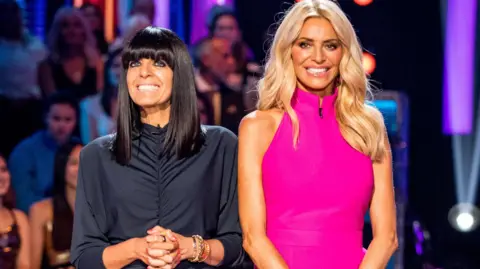 BBC
BBCStrictly stars are gearing up for the contest’s annual Icons Week, days after co-hosts Tess Daly and Claudia Winkleman shocked fans…
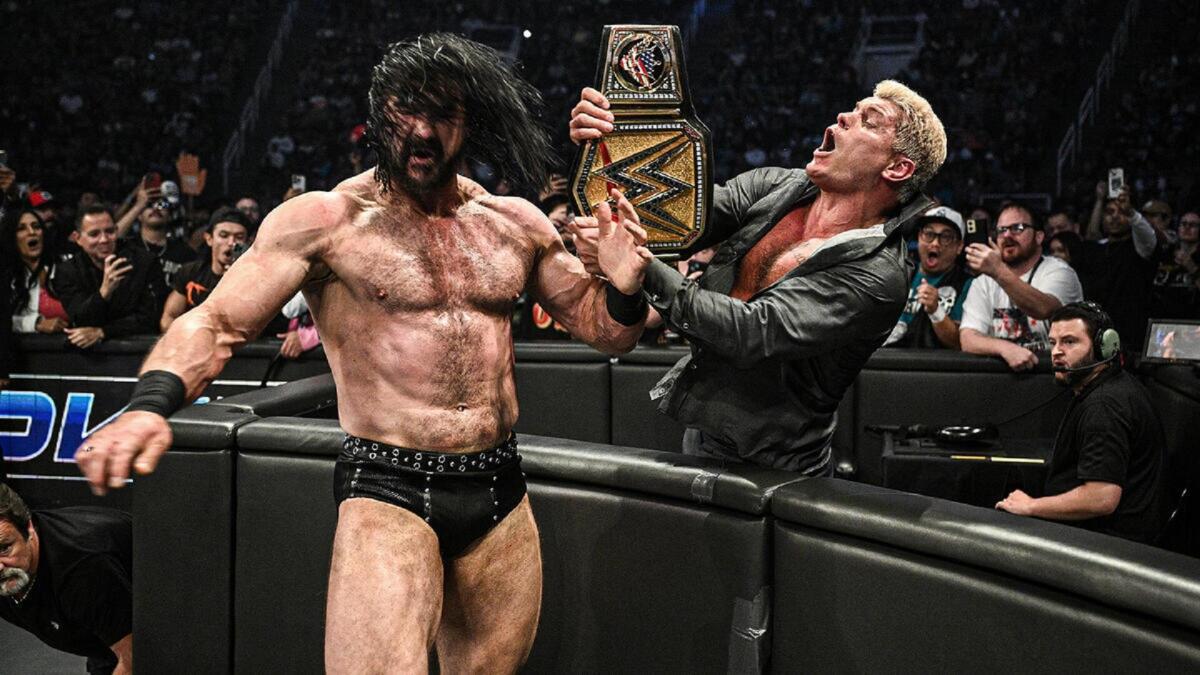
Cody Rhodes and Drew McIntyre can’t get enough of each other. The repeat rivals will meet in an undisputed WWE championship match at Saturday Night’s Main Event, but first, they’re both in the house for WWE SmackDown.
Rhodes…
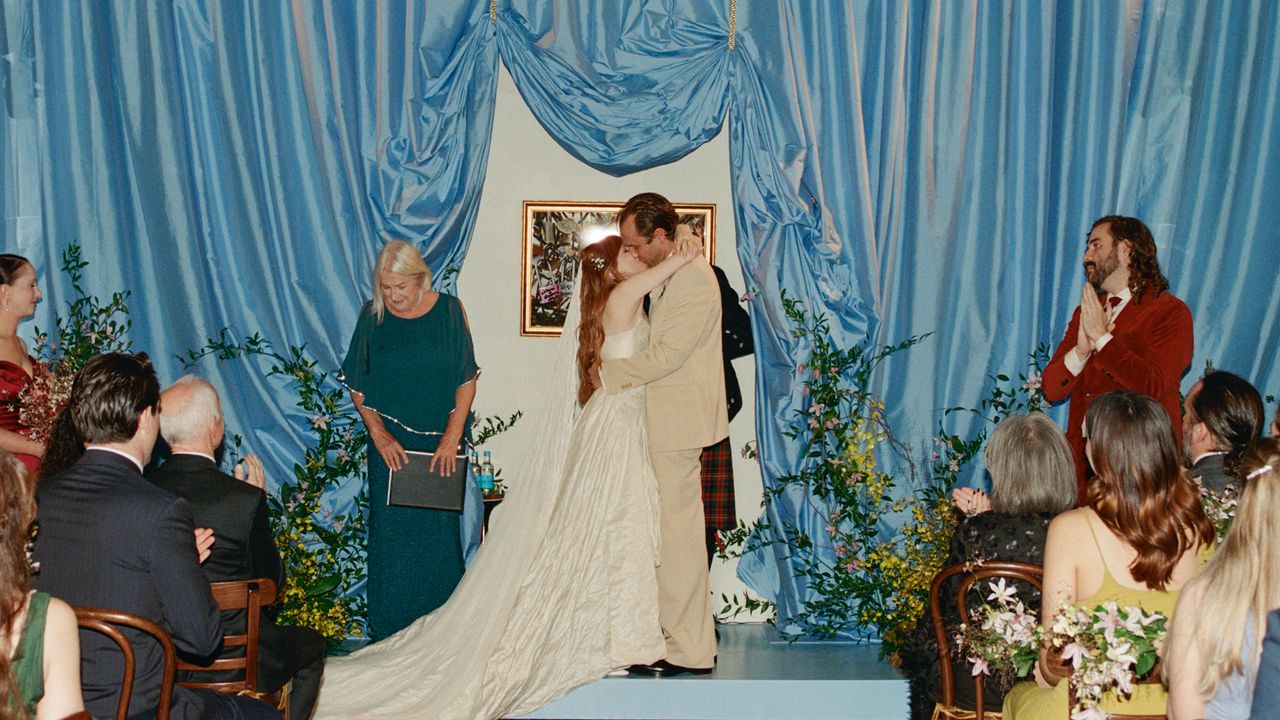
Cole wore a cream suit from Husbands in Paris and shoes by Gucci. All of the couple’s accessories were put together by Carly’s stylist Hayley Atkin, who selected shirts, shoes, cufflinks, and boutonnieres.
The bridesmaids were given a…
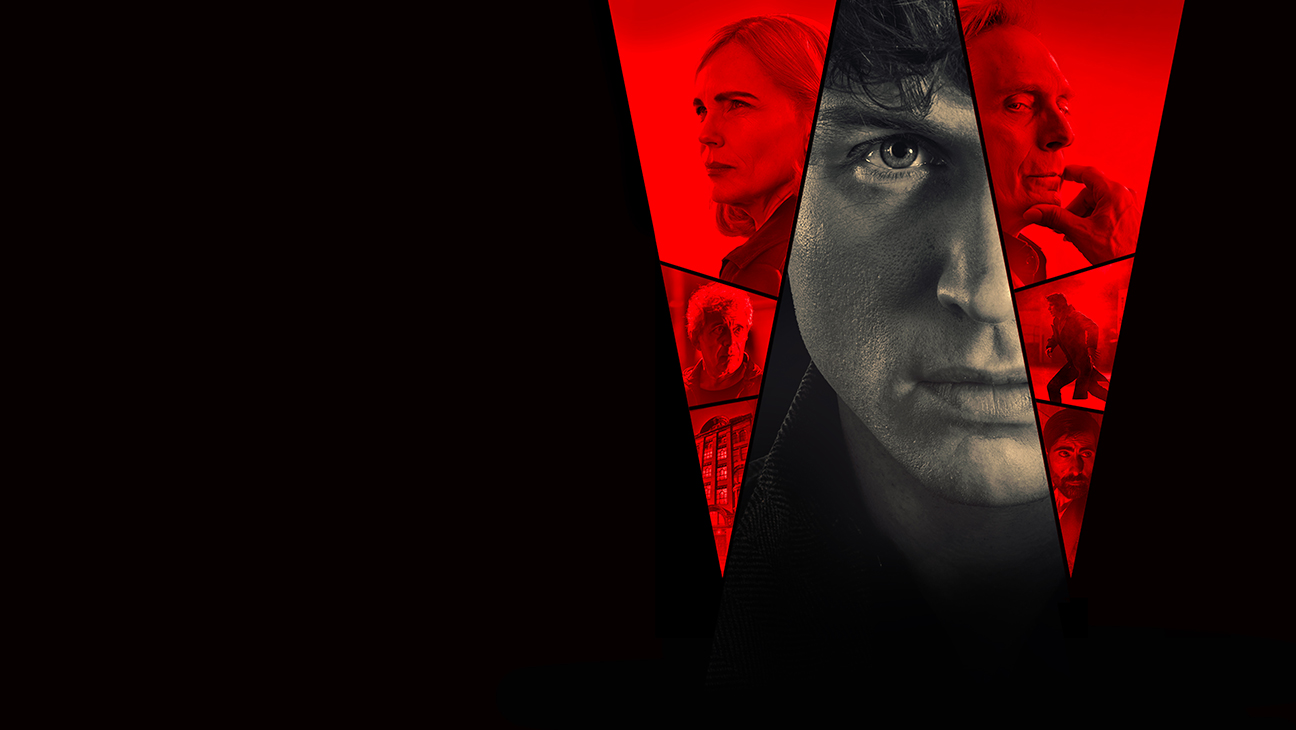
If you purchase an independently reviewed product or service through a link on our website, The Hollywood Reporter may receive an affiliate commission.
This story was created in paid partnership with DIRECTV.
Anne Rice’s Immortal…